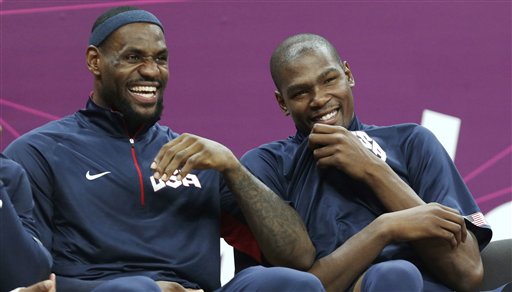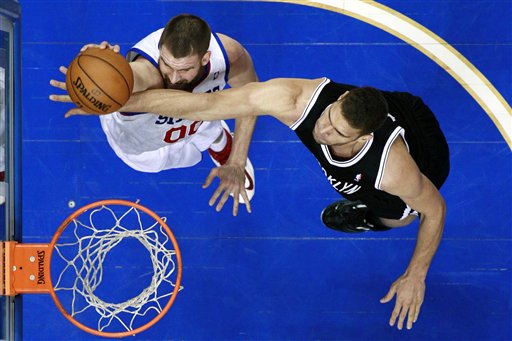
Kevin Garnett’s inside scoring left much to be desired. Just 17% of Garnett’s shots with the Nets this year came at the rim, and his field goal percentage of .511 on restricted area shots is low for a power forward. At this point in his career, Garnett is purely a spot-up shooter: just about half of his shots with the Nets were long two-point jumpers; he did produce a .479 field goal percentage on those shots, stellar for that area.
Young, on the other hand, takes and converts a high percentage of his shots inside. Since joining the Nets, 34% of his looks have come at the rim, and 85% of those shots have gone in[note]He’s a career 66% shooter inside[/note]. Replacing Garnett’s long twos with Young’s layups is bound to increase efficiency on offense. Indeed, the Nets are scoring more in the paint since adding Young (51.7 points per game) than before (41.7); their offensive rating has seen a commensurate boost of +8.0.
Turns out it’s much easier to grab offensive rebounds when you’re not standing 20 feet from the basket. Young’s offensive rebound rate (9.2%) is higher than Garnett’s (6.1%). The Nets are taking advantage of their extra possessions; they have scored 15.5 second chance points per game with Young compared to 11.4 without him.



















